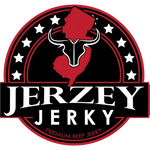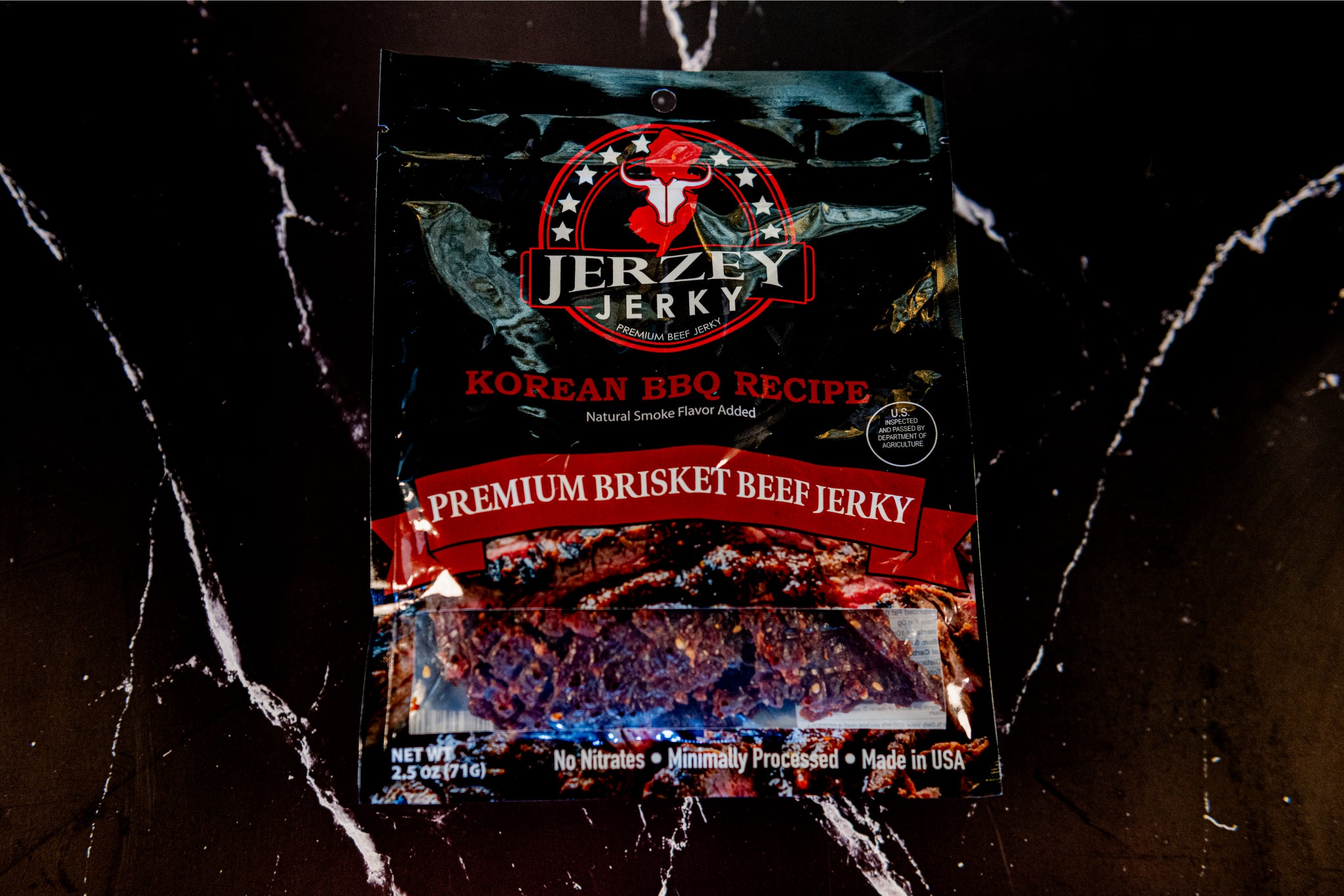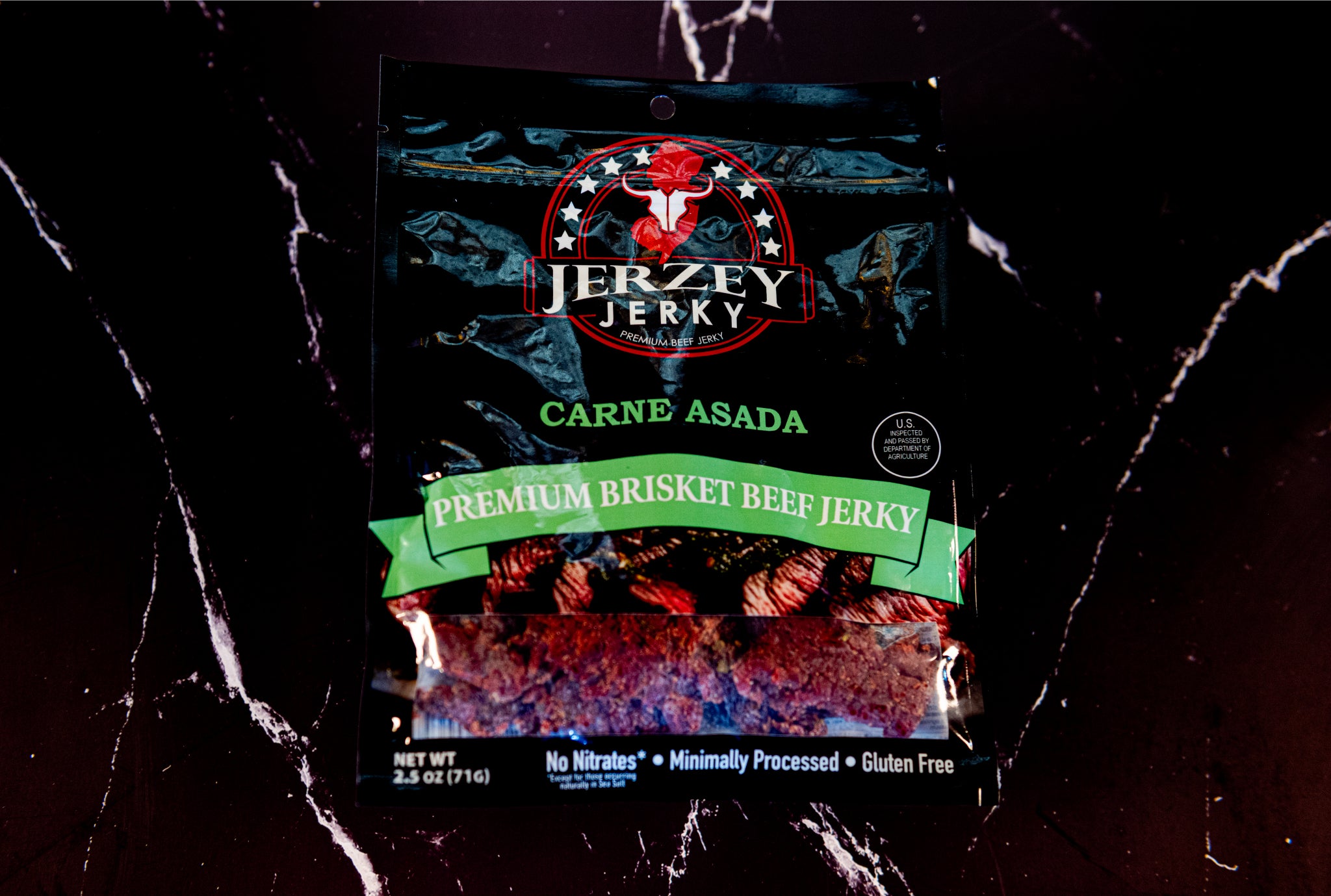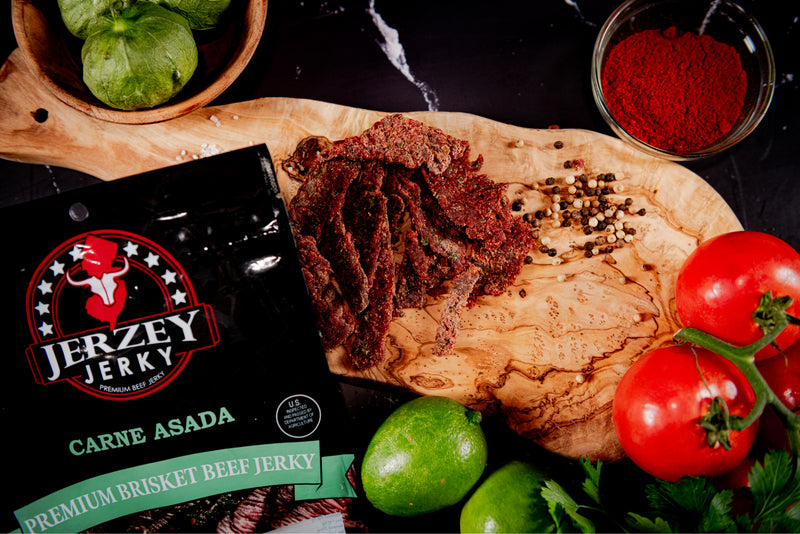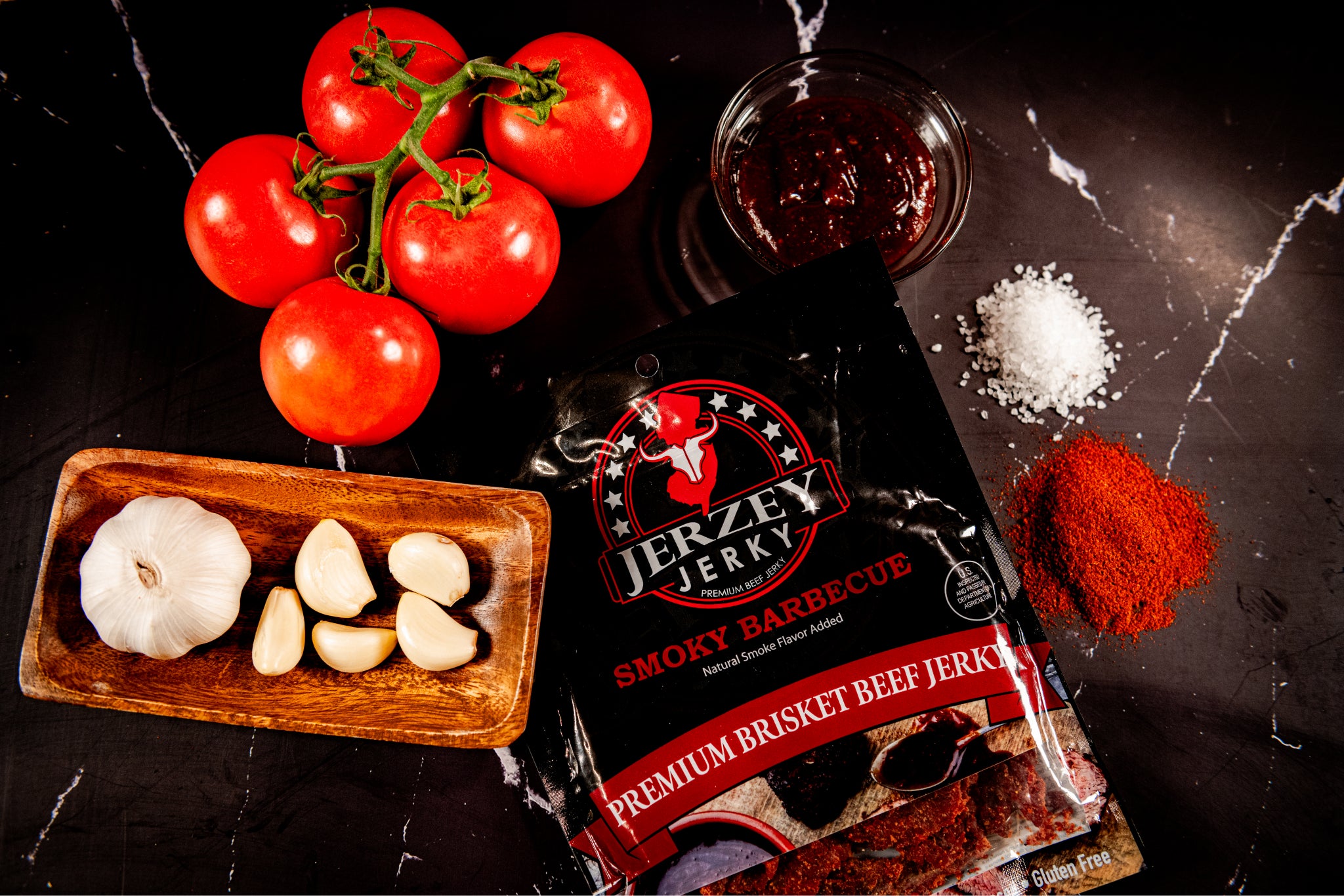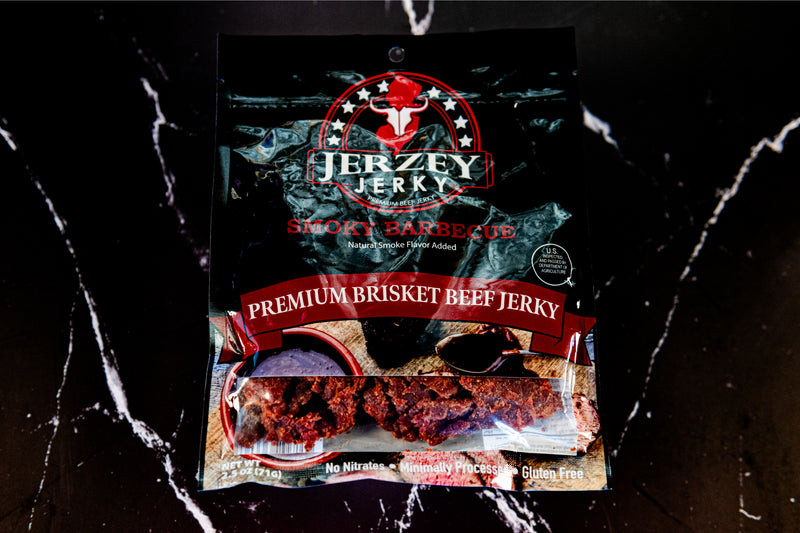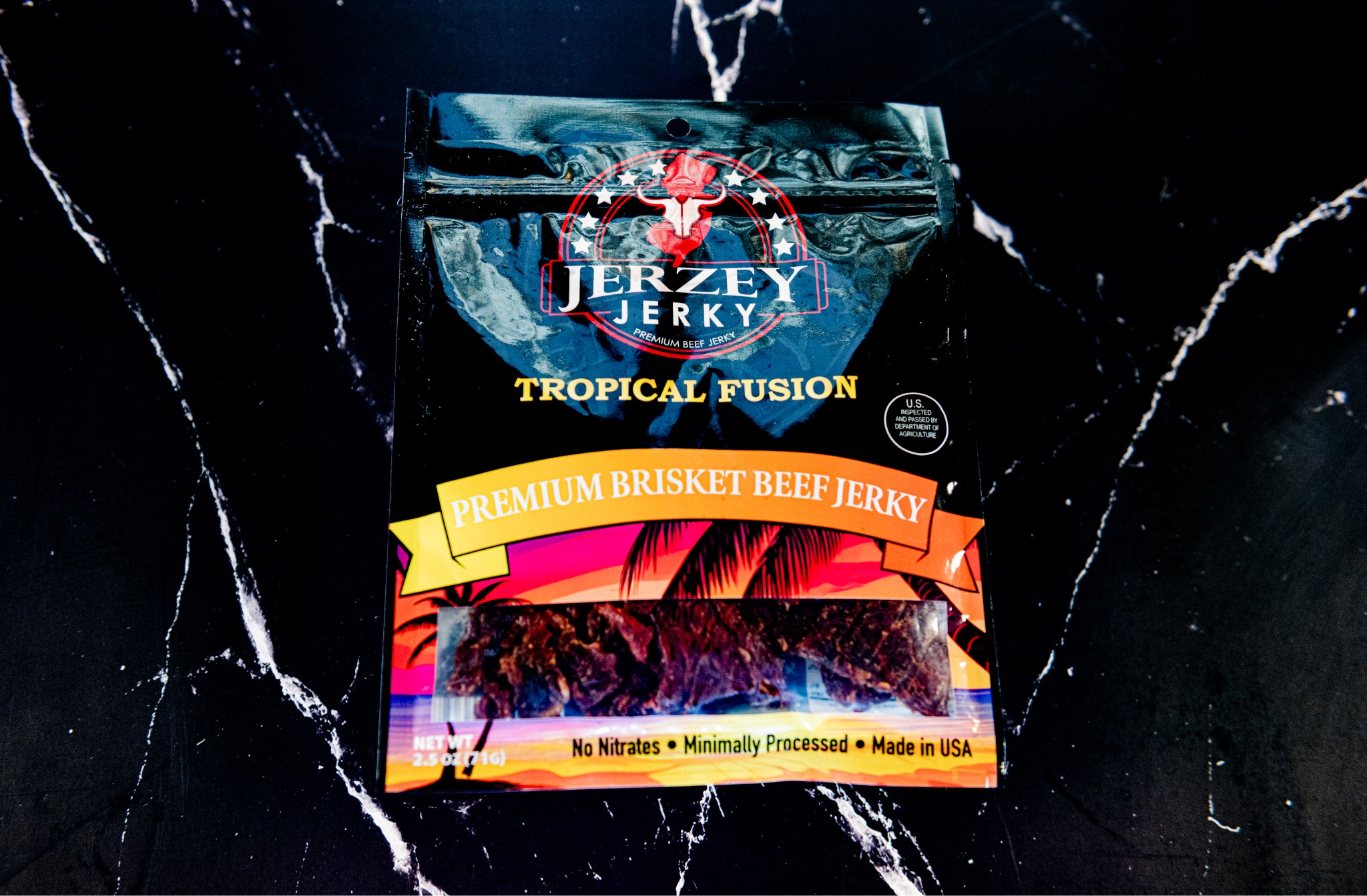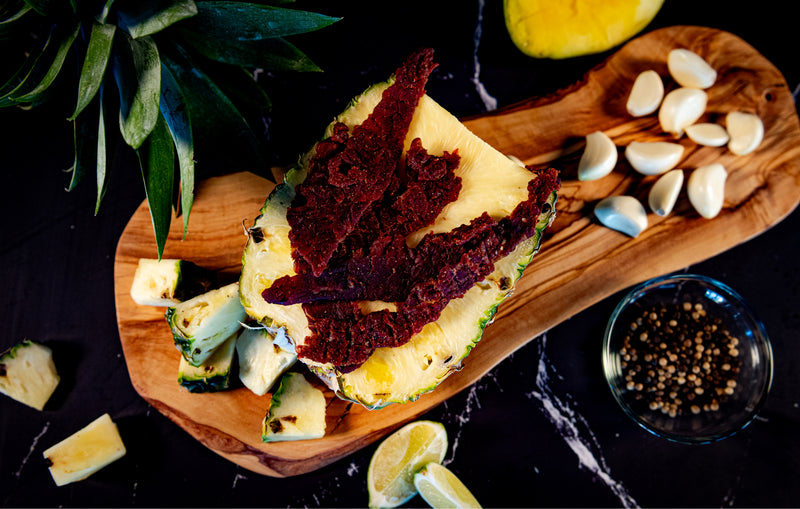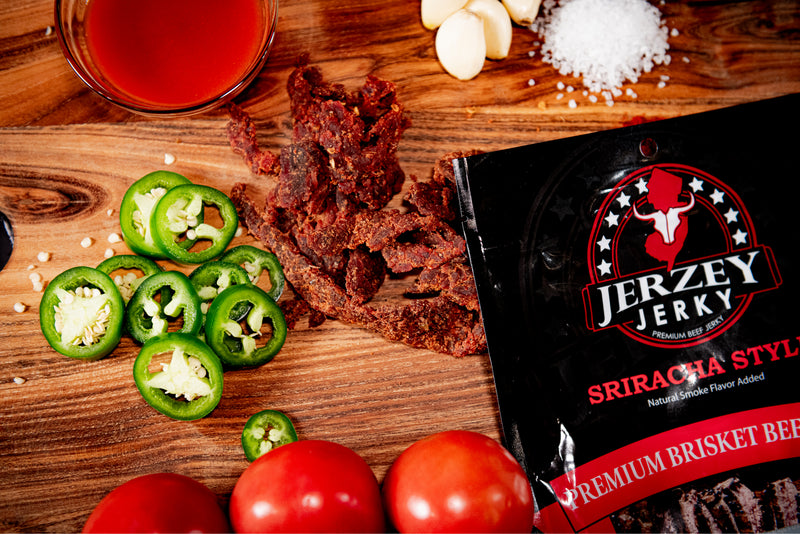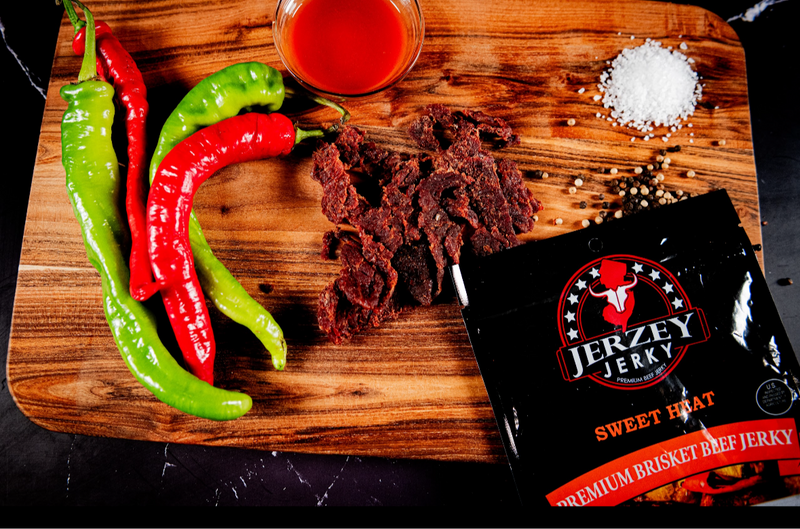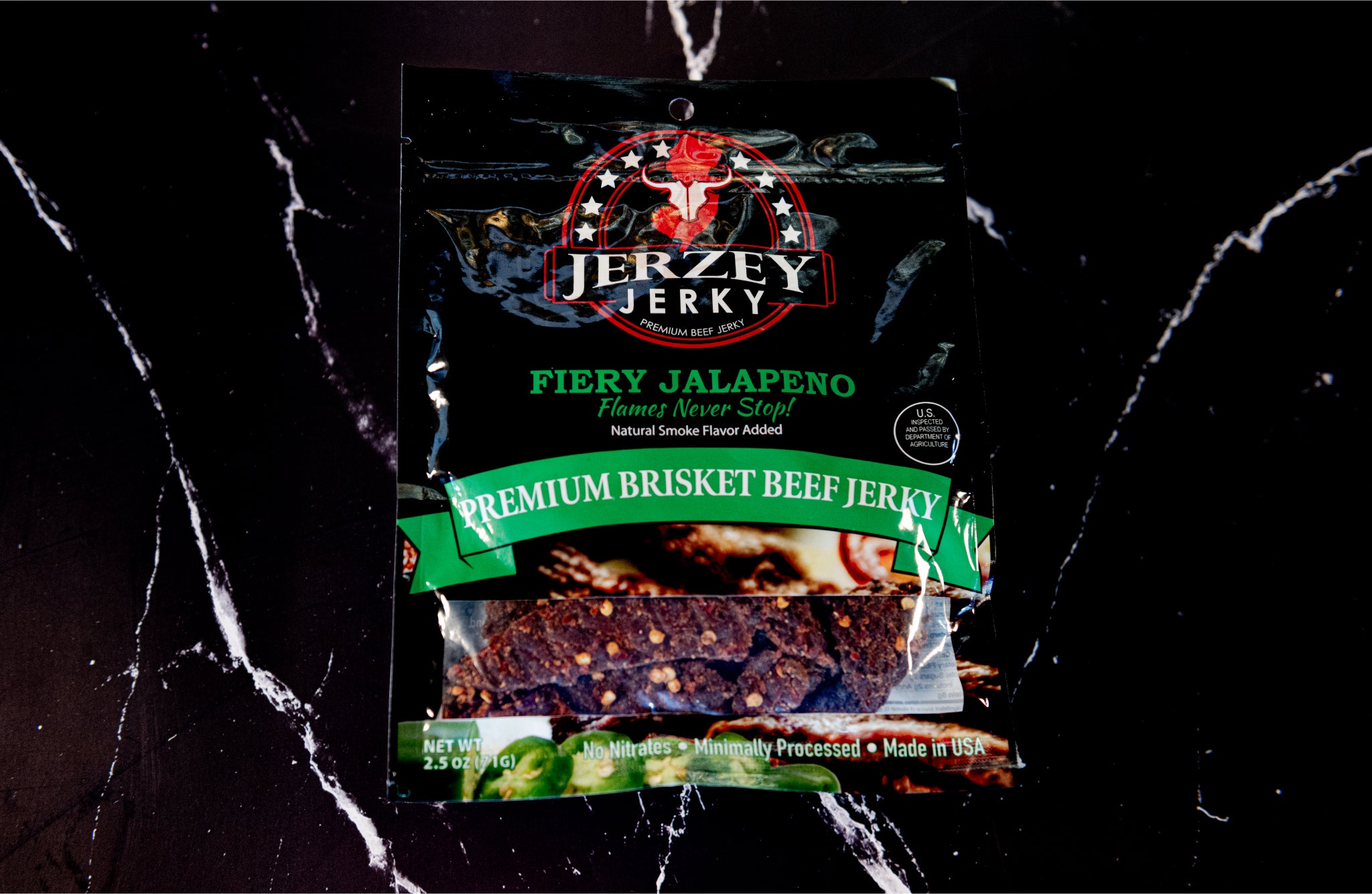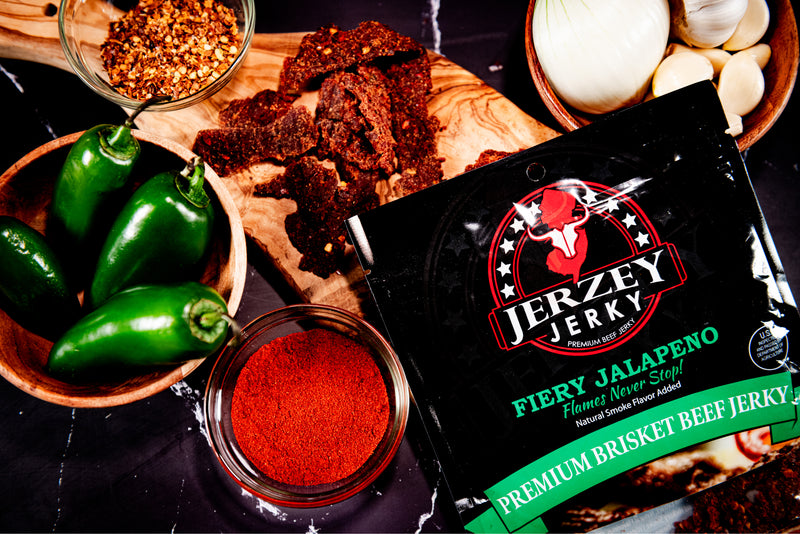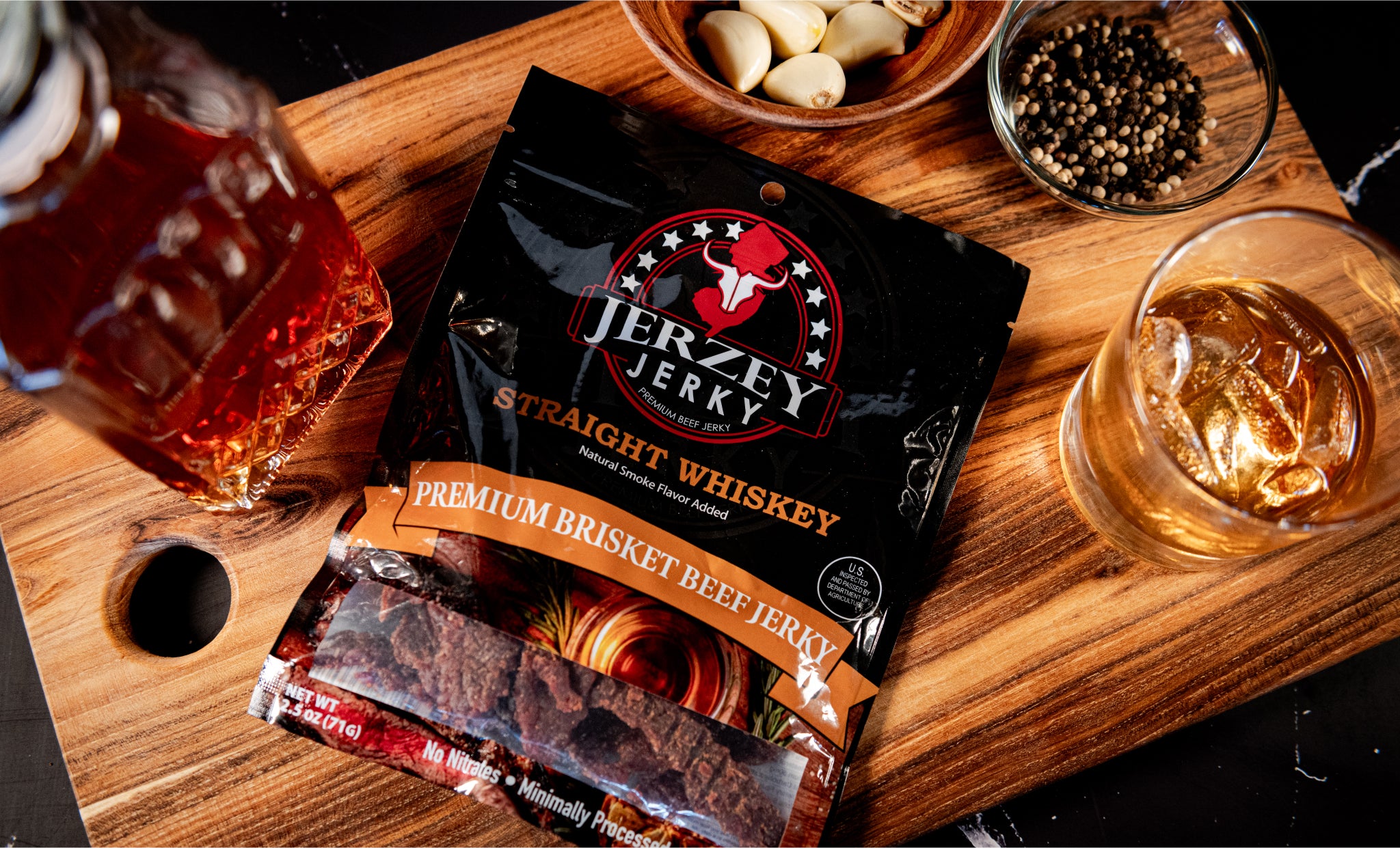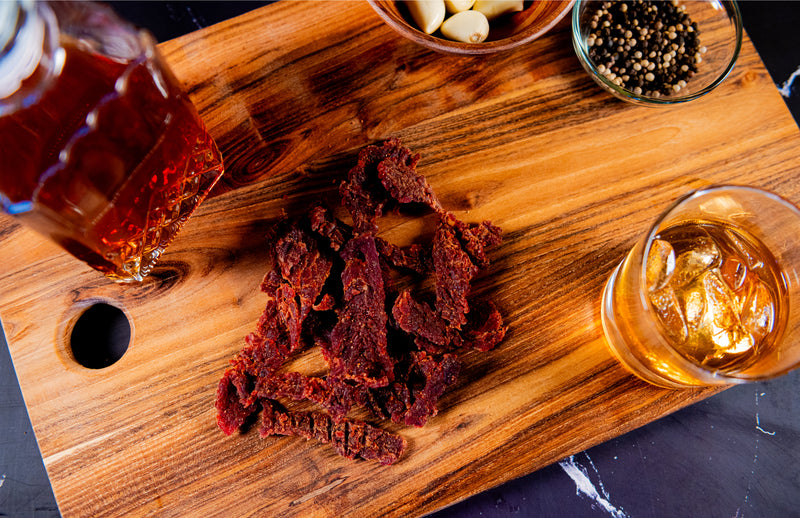
Simmental Beef: Uniqueness, Usage, and How to Identify
The Simmental breed was first developed in the Simme Valley in Switzerland over 1,400 years ago. They are a very ancient and numerous breed of cattle worldwide, recognized for their multipurpose use in both milk and beef production.
They became widely distributed due to their adaptability in Europe, North America, South America, and Australia. They are efficient both in cold alpine climates and in hot lowlands. This flexibility is what makes them popular worldwide whether in dairy or beef.
The University of Wisconsin-Madison (Animal Science Department, 2005) estimates Simmental cows have an average lactation volume of 5,500 liters. Their beef produces high ratios of muscle to fat and carcass weights of 380-450 kilograms in mature steers.
What Are the Physical Traits of Simmental Cattle?
Here are three physical traits that help identify Simmental cattle:
- Appearance: Simmental cattle are big-bodied with strong muscles. They are light gold in color which darkens to dark red with white spots on the legs, face and underbelly. The eye colouring protects against the light of the sun and glare.
- Horned or Hornless: Simmental cattle are polled, as well as horned. Lines with horned cattle are typically European, although polled genetics due to convenience of handling and safe considerations have become a topic of specific selective breeding programs in North America.
- Good Build: Mature Simmental bulls weigh 1,300 kg; cows weigh 900 kg max. Their long legs, deep chests and their rapid growth (1.5 kg/day) make them excellent beef producers using only 1.5 kg of meat per day to produce.
Shop the best-selling Fiery Jalapeno Beef Jerky - Brisket & Straight Whiskey Beef Jerky - Brisket
What Makes Simmental Beef Unique?
Here are three key traits that make Simmental beef different from other breeds:
- High Yield: Simmental cows yield more consumable meat since they contain high muscle and reduced bone percentage. They have almost 60 percent carcass gain which gives a good payback to small and large producers of beef.
- Lean & Tender: Simmental beef is naturally tender and smooth, fine-grained. It has moderate marbling that enhances taste but does not increase fat in the meat. This balance balances consumer preference and healthy eating.
- Good Feed Conversion: Simmental cattle grow body mass faster at reduced feed. Research indicates that a daily weight gain of over 1.5 kg with minimal feed input is affordable and suitable in beef-oriented farms that want an effective meat output.
How Is Simmental Beef Used in Cooking?
Here are three common ways Simmental beef is prepared and enjoyed:
- Common Cuts: Simmental offers popular cuts such as sirloin, ribeye, chuck, round, brisket and ground beef. The cuts are ideal in various cooking styles, both speed-cooked steaks and long steaks, which gives them flexibility in the kitchen.
- Best Techniques: Sirloin and ribeye are brought out by grilling. Large cuts such as brisket and round are suitable for roasting. Stewing and braising tenderize cheaper cuts such as chuck, rendering collagen into the tasty gelatin that makes up a robust dish.
- Culinary Appeal: The lean but moderately marbled beef from Simmental is well suited to roasting, grinding, and slow cooking. It is kept moist and tender with cooking and is particularly suited to steaks, roasts, and homestyle foods such as pot roast or braised beef.
How to Identify Real Simmental Beef?
Here are five clear ways to recognize authentic Simmental beef:
- Breed Labels: The authentic Simmental beef receives certification through an association body like the American Simmental Association. These labels attest to breed purity and preservation of standards of breeding, and assurance of pure Simmental genetics in the meat.
- Appearance of Meat: Real Simmental beef is intensely colored red and firm. It carries a small, even measure of marbling, which forms a proportion between fat and lean. This mixture produces a visual and delicious bite of beef.
- Muscle Structure: Simmental beef cuts are fat and flat-lean with high rough meat. They have heavily built muscles, so meat is solid and firm and can be used in quality beef products.
- Trustworthy Sources: Purchase Simmental beef via special breeders, ranches, or other trustworthy beef programs. Such sources avoid the loss of breed purity and introduce trustworthy products.
- Traceable Sources: The Simmental beef is often part of farm-to-fork. Consumers like transparency and authenticity because these programs follow the meat produced on the farm and the processing lines.
Why Is Simmental Beef Valued by Farmers and Chefs?
Simmental cattle can also put on weight fast and feeds are more economically used to produce muscle, enabling farmers to reduce their costs relating to feeding and enhance profits. They grow rapidly and are suited to efficient commercial beef production.
The breed also provides large, lean cuts with the minimum of fat and bone, affording maximum usable meat. This is an excellent yield that makes the Simmental desired among beef producers whose goal is quality and quantity.
Simmental beef is the preferred brand of chefs as it is lean but with good flavor. It is always tender and fine textured in different cuts, which makes it easy to predict and prepare and satisfying.
Farmers employ Simmental genes to enhance crossbreed growth rates, adaptation, and quality meat. Strains give milk and beef, which creates flexibility and secondary revenues to farmers running mixed-production operations.
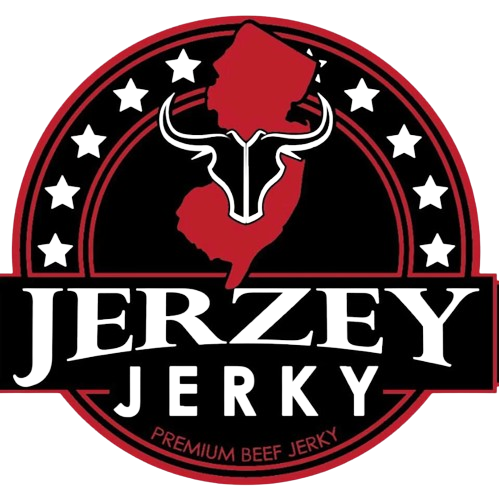
 2025-08-06
2025-08-06
 Wayne Holland
Wayne Holland

